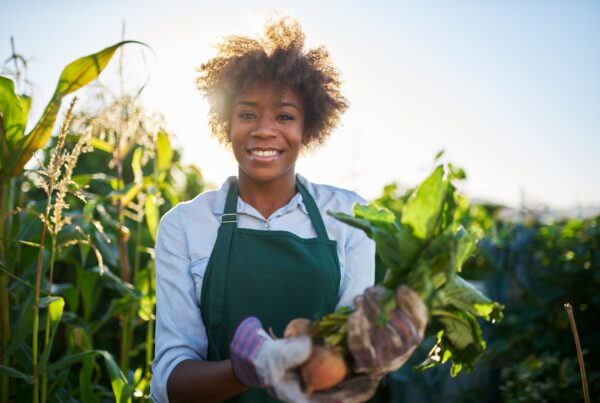By Anne Hogan

Photo by Mike Jones/Pexels
Food security, or the ability to access adequate, nutritious food, can affect anyone of any age. Older adults (people approximately 65 and older) are often at risk of food insecurity due to the physical and financial challenges of obtaining food and their unique nutritional needs. In 2021, 9.5% of older adults living alone were food insecure, and 4.5% had very low food security (USDA, 2022). To address food insecurity, we first need to understand the leading causes.
Causes of Food Insecurity for Older Adults
Several factors contribute to food insecurity for older adults. Those living with a fixed or limited income often need help to afford nutritious food and other basic living expenses. The risk is even greater for those with multiple medical conditions, which adds to personal and financial stress. Older adults with physical limitations or who are homebound are also more likely to be food insecure, especially if they are socially isolated or live alone (Tucher et al., 2020).
Nutrition Concerns for Older Adults
Obtaining nutritious food is extremely important for older adults because they have nutritional needs different from those of other age groups. In general, older adults have increased protein needs. They are also more likely than younger adults to have a deficiency in B-Vitamins, Vitamin D, Calcium, Iron, and Zinc. A balanced diet and in some cases, a personalized diet plan are necessary to promote good health. Furthermore, a healthy diet is instrumental for older adults to prevent or manage many chronic medical conditions (Kaur et al., 2019).
Summary
Food insecurity affects people from all age groups. Still, older adults have unique circumstances that place them at higher risk of adverse outcomes of poor nutrition. Understanding these circumstances is vital in preventing food insecurity and protecting the overall health of older adults nationwide.
Please visit the USDA Website for nutrition assistance programs for older adults.
References
Kaur, D., Rasane, P., Singh, J., Kaur, S., Kumar, V., Mahato, D. K., Dey, A., Dhawan, K., & Kumar, S. (2019). Nutritional interventions for elderly and considerations for the development of Geriatric Foods. Current Aging Science, 12(1), 15–27. https://doi.org/10.2174/1874609812666190521110548
Tucher, E. L., Keeney, T., Cohen, A. J., & Thomas, K. S. (2020). Conceptualizing food insecurity among older adults: Development of a summary indicator in the National Health and Aging Trends Study. The Journals of Gerontology: Series B, 76(10), 2063–2072. https://doi.org/10.1093/geronb/gbaa147
USDA. (2022, October 17). Key Statistics & Graphics. USDA ERS – Key Statistics & Graphics. Retrieved April 29, 2023, from https://www.ers.usda.gov/topics/food-nutrition-assistance/food-security-in-the-u-s/key-statistics-graphics/
Anne Hogan is a Graduate Student in Food Science and Human Nutrition at the University of Illinois at Urbana Champaign













